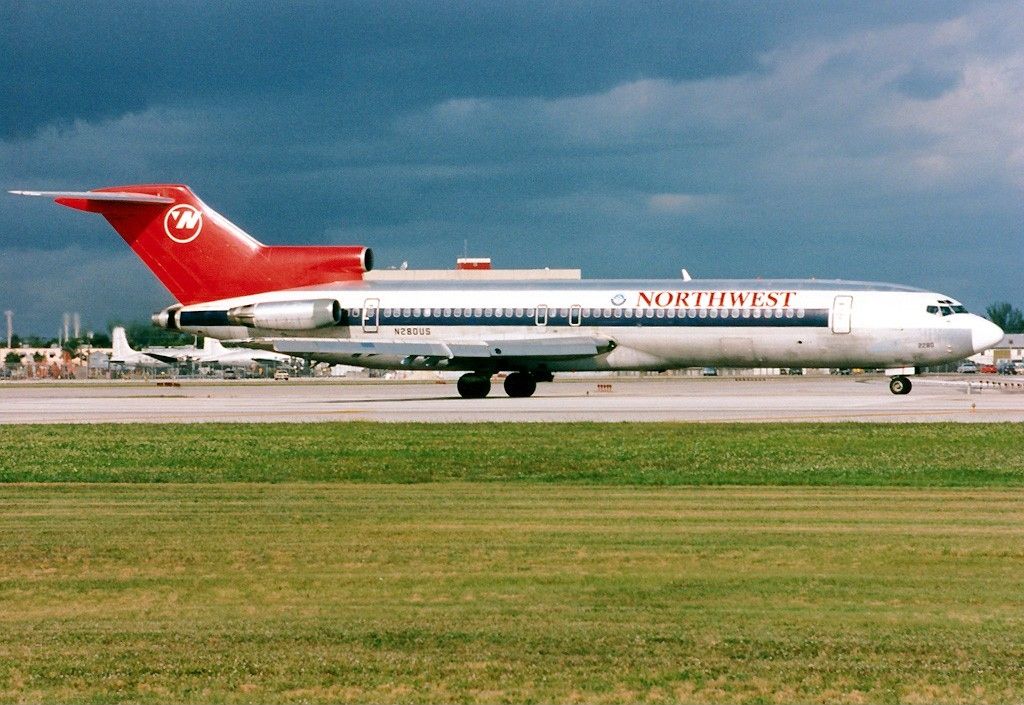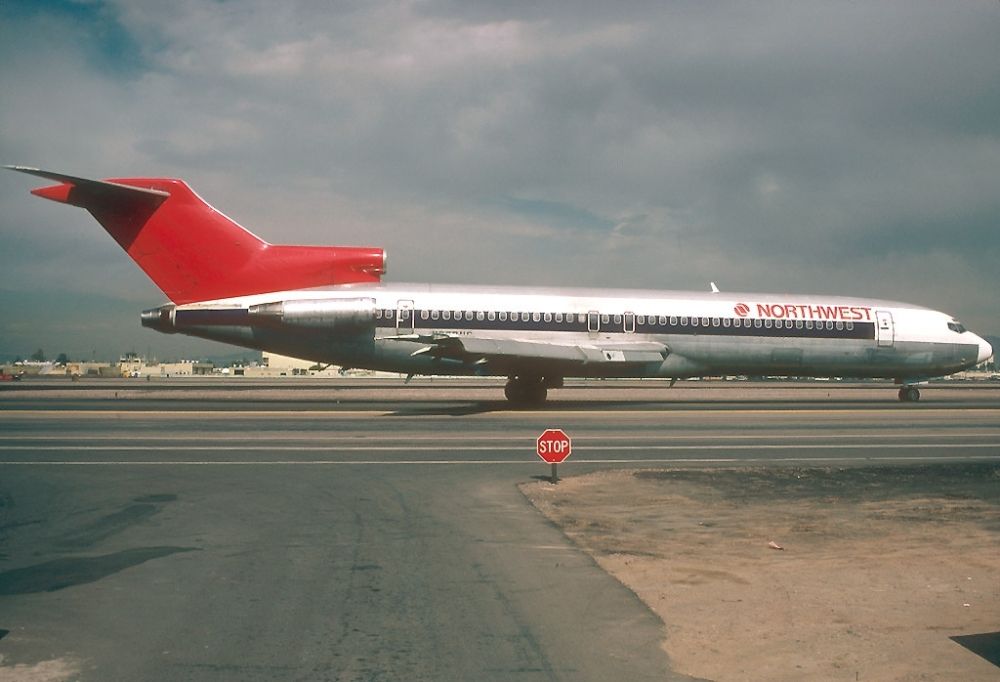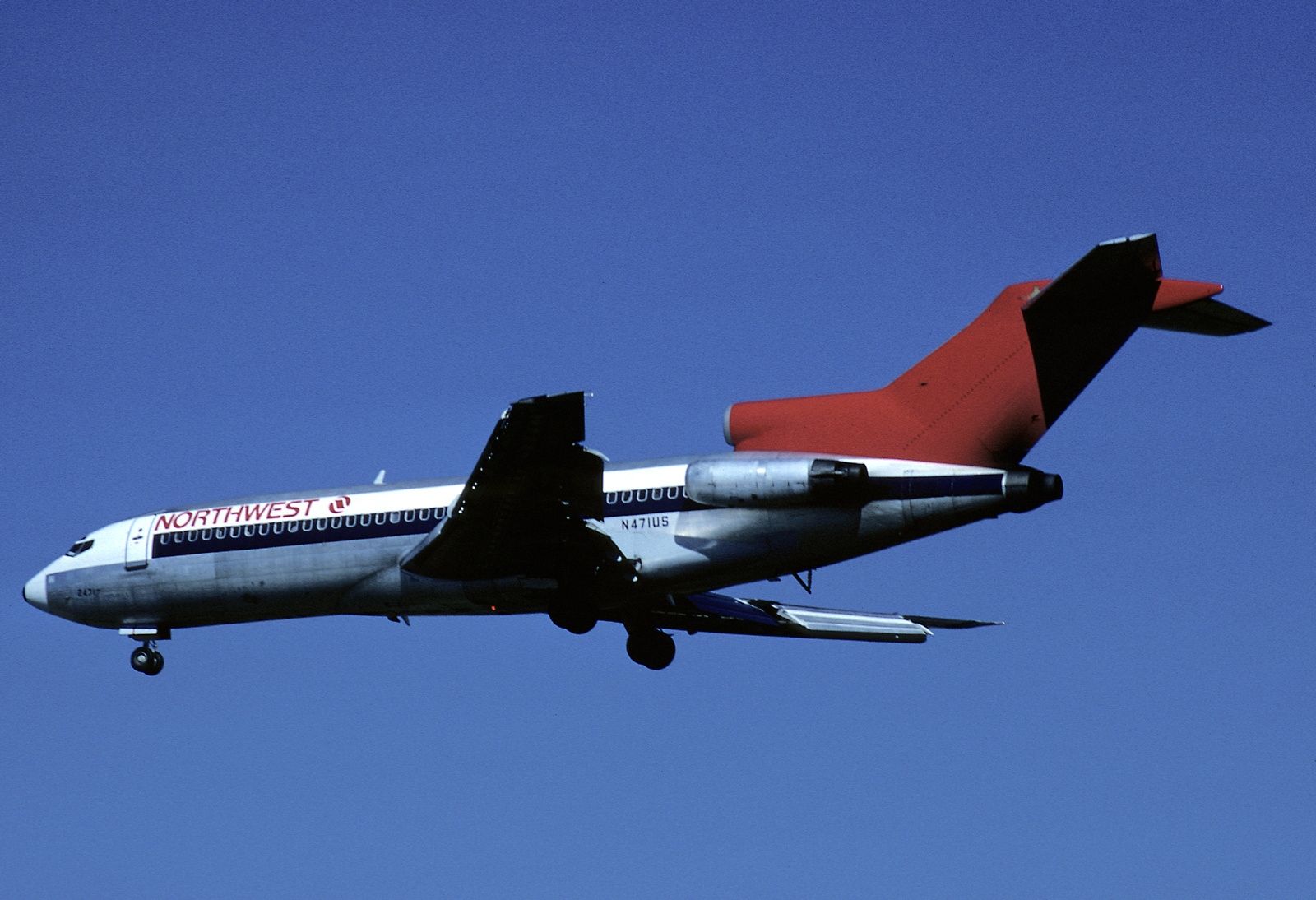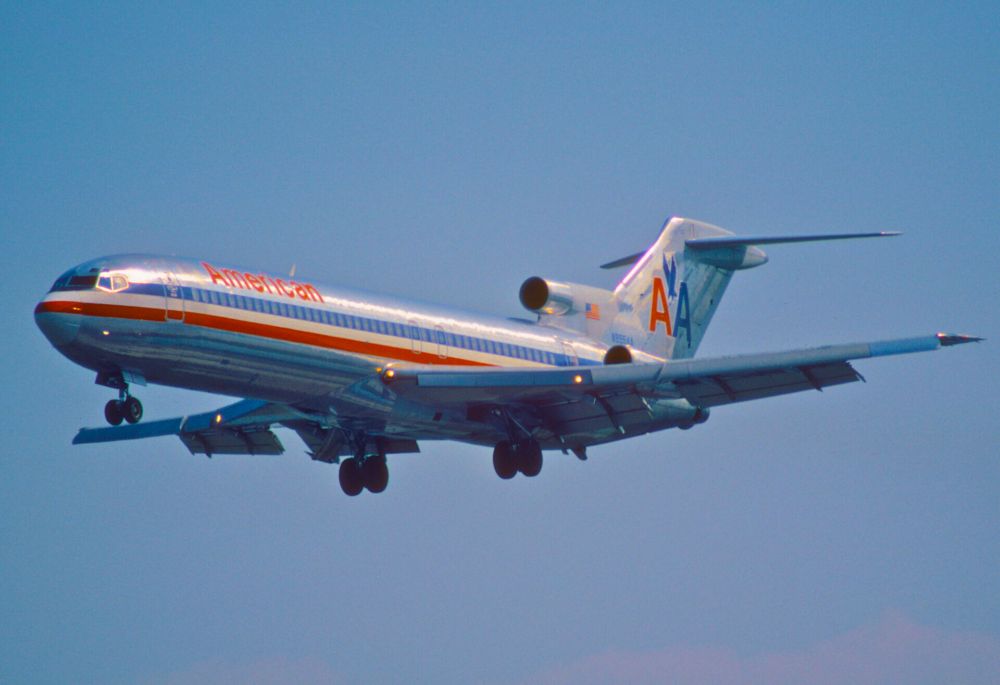When you hear about aircraft 'losing an engine,' you probably think of the loss being in terms of engine power, due to some sort of fault. But what about when an aircraft physically loses an engine by detaching from it altogether? Just such a thing happened to a Northwest Airlines Boeing 727 en route from Miami to Minneapolis, with the incident occurring 33 years ago this week.
The flight in question
Northwest Airlines flight 5 was a service that originated at Miami International Airport (MIA) in Florida. Its destination was Minnesota's Minneapolis-Saint Paul International (MSP), the busiest airport in the US Midwest. This is a route plied today by American Airlines, Delta Air Lines, Spirit Airlines, and Sun Country Airlines. The latter of these carriers only serves the corridor on a seasonal basis.
Wednesday this week will mark exactly 33 years since a rather eventful iteration of Northwest Airlines flight 5. The Aviation Safety Network notes that, on January 4th, 1990, the service had 139 passengers and six crew members onboard, making for a total of 145 people. Operated by a 14-year-old Boeing 727 registered as N280US, the flight took off into the Florida skies at around 08:15 local time.
Love aviation history? Discover more of our stories here!
Unknowingly flying with just two engines
Just under an hour into the morning domestic flight, something rather peculiar happened. At around 09:10 local time, while cruising over Madison, Florida, the aircraft's pilots heard a loud bang towards the rear of the plane. Following this, at an altitude of 35,000 feet, AirLive reports that they noted that the trijet's starboard-mounted engine (on the right-hand side of the Boeing 727) had lost power.
Of course, aircraft are designed to still function in the event of a loss of power to an engine. As such, the stricken 727 was able to continue flying under the power of its two remaining turbofans, namely the ones mounted at the center and left of the trijet's tail, for nearly 50 minutes. However, in the interests of safety, the crew did eventually elect to make an emergency landing in Tampa, Florida.
They did so safely at 09:58, with no injuries onboard. It was at this point that the curious reality of the situation became evident. The aircraft hadn't just lost power to the starboard-mounted engine, but rather the engine itself! The powerplant was located near Madison a day later, having fallen from the jet inflight.
An intentional safety feature
An investigation into the incident found that it had been caused by an improperly installed lavatory seal near the engine. This caused the engine in question to ingest frozen fluid chunks inflight, damaging its blades in the process and ultimately causing it to fail. However, did you know that the total separation of the engine from the aircraft was actually a design feature of the Boeing 727?
Indeed, the Chicago Tribune reported that the trijet's turbofans were designed to sheer off 'under certain conditions.' This helped keep the aircraft safe, as it ensured a clean break, meaning that the engine didn't take any of the fuselage with it as it fell. After all, this could otherwise cause more serious structural damage.
As it happens, this was also the case in a similar incident involving an American Airlines Boeing 727 in April 1985. According to the Los Angeles Times, the trijet was flying from Dallas to San Diego when the engine seemingly 'seized' over New Mexico. However, with the crew only encountering minor difficulties, they continued to San Diego, where the physical engine loss eventually became apparent.
In any case, this incident also resulted in a safe landing, after which the aircraft was taken away for inspection. However, the clean break meant that the aircraft was in a much better state than might otherwise have been the case.
The fate of the aircraft involved
Because of the undramatic nature of the clean break involving flight 5, N280US stayed at Northwest Airlines after the incident. According to data from ATDB.aero, it stayed there until 1995, before moving to TransMeridian.
It did so, the following year, and was also briefly leased to Aeropostal Alas de Venezuela in 1998. That year marked the end of its career, after 23 years in the skies.
What do you make of this incident? Did you ever fly on a Northwest Airlines 727? Let us know your thoughts and experiences in the comments.
Sources: AirLive, ATDB.aero, Aviation Safety Network, Chicago Tribune, Los Angeles Times




